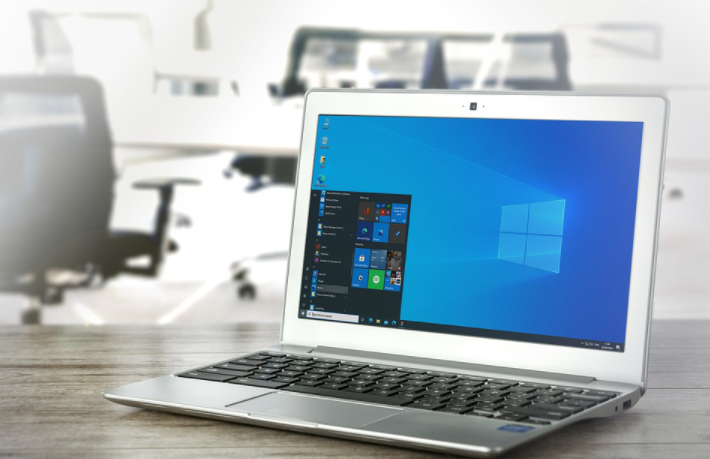Ultimate Guide to Windows Proces Monitor
Windows process monitor is a monitoring tool for Windows that shows the live document, log, and process/thread actions. It is a hybrid of two previous Sysinternals utilities, such as Filemon and Regmon. Microsoft acquired Winternals on July 18, 2006, which included both Sysinternals and its utilities. This UNC route is a service offered by Microsoft and is popularly known as Sysinternals Live. To learn more about windows process monitor, read this article below.

How to Start Process Monitor
You will have to run ProcMon.exe from an extended command prompt to open it administratively, as required to configure the filter drivers. As soon as you run it, it will start firing and grabbing swap file space quite quickly. Therefore, only run it for as long as you need to, as keeping it running is likely to cause your computer to crash unless you run it in “Drop Filtered Events” of a specific filter. For more information, see the filtering procedure monitor.
How to Filter With Process Monitor
ProcMon can be run for the times you have chosen to filter for an event type. If you choose this option, only what is filtered will be stored in the log file, rather than everything that is seen being filtered but stored in the log file. For example, now filter to see only processes whose result is “Access Denied” by going to Filter -> Filter: you can also filter directly from the primary console by selecting a process, ideally clicking on it selecting one of the filter options. For example, if we choose to Exclude Occasions After this occasion, we can also see that a filter is automatically created for that particular option, which we can clear.
How to Find Changed Values
Some people use ProcMon to see the effect of a procedure, but this can be daunting. An easier method is to try to use ProcMon in a sense where you can filter by events that occur. For example, say we want to see which register prevents Initial and makes the consequence transparent, then filter ProcMon to show only RegSetValue operations. Now start capturing and creating the change you want. Stop Capture when the change has been made. This was required for any change.

